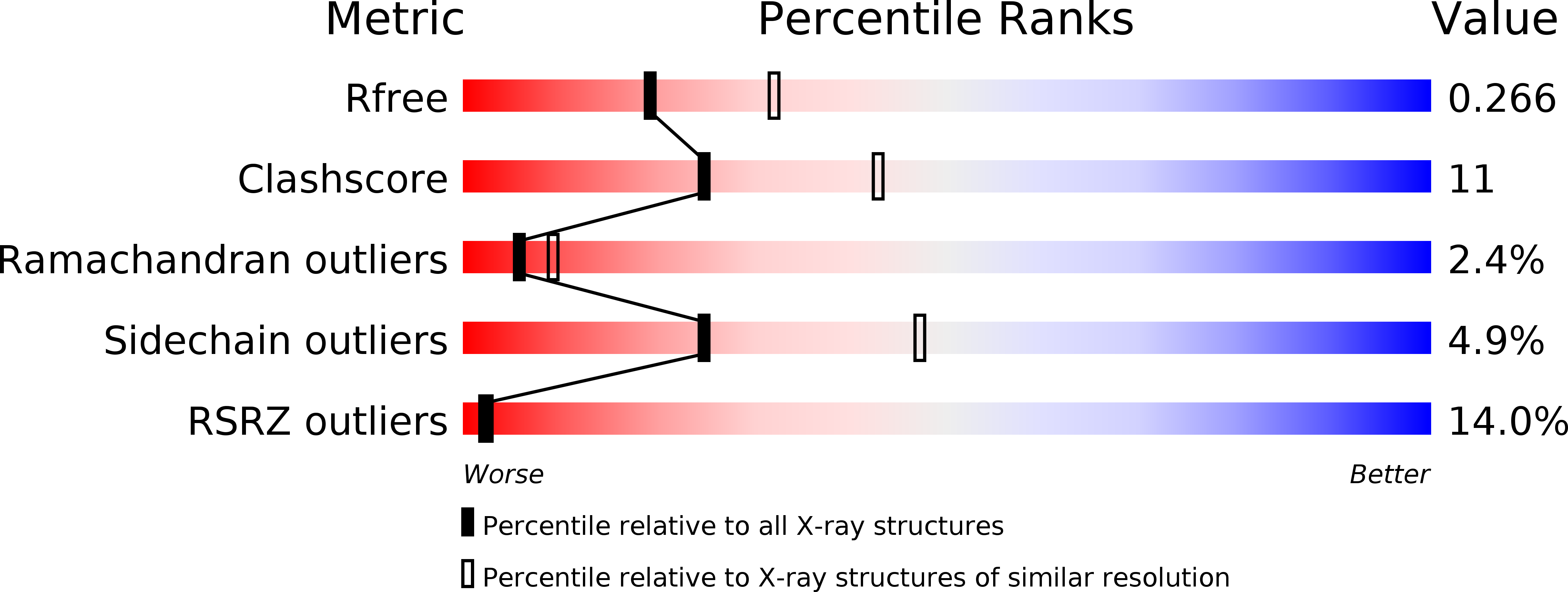
Deposition Date
2006-07-20
Release Date
2006-09-19
Last Version Date
2024-02-14
Entry Detail
PDB ID:
2HRO
Keywords:
Title:
Structure of the full-lenght Enzyme I of the PTS system from Staphylococcus carnosus
Biological Source:
Source Organism:
Staphylococcus carnosus (Taxon ID: 1281)
Host Organism:
Method Details:
Experimental Method:
Resolution:
2.50 Å
R-Value Free:
0.26
R-Value Work:
0.21
R-Value Observed:
0.21
Space Group:
C 1 2 1


